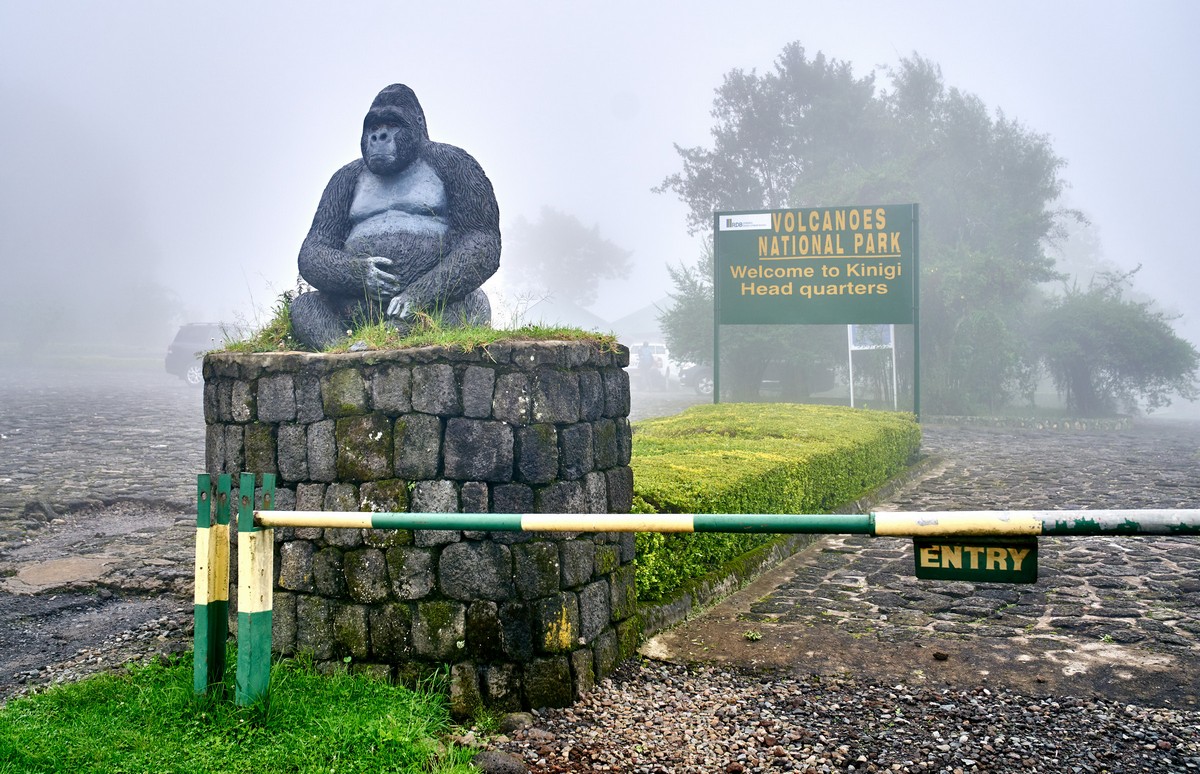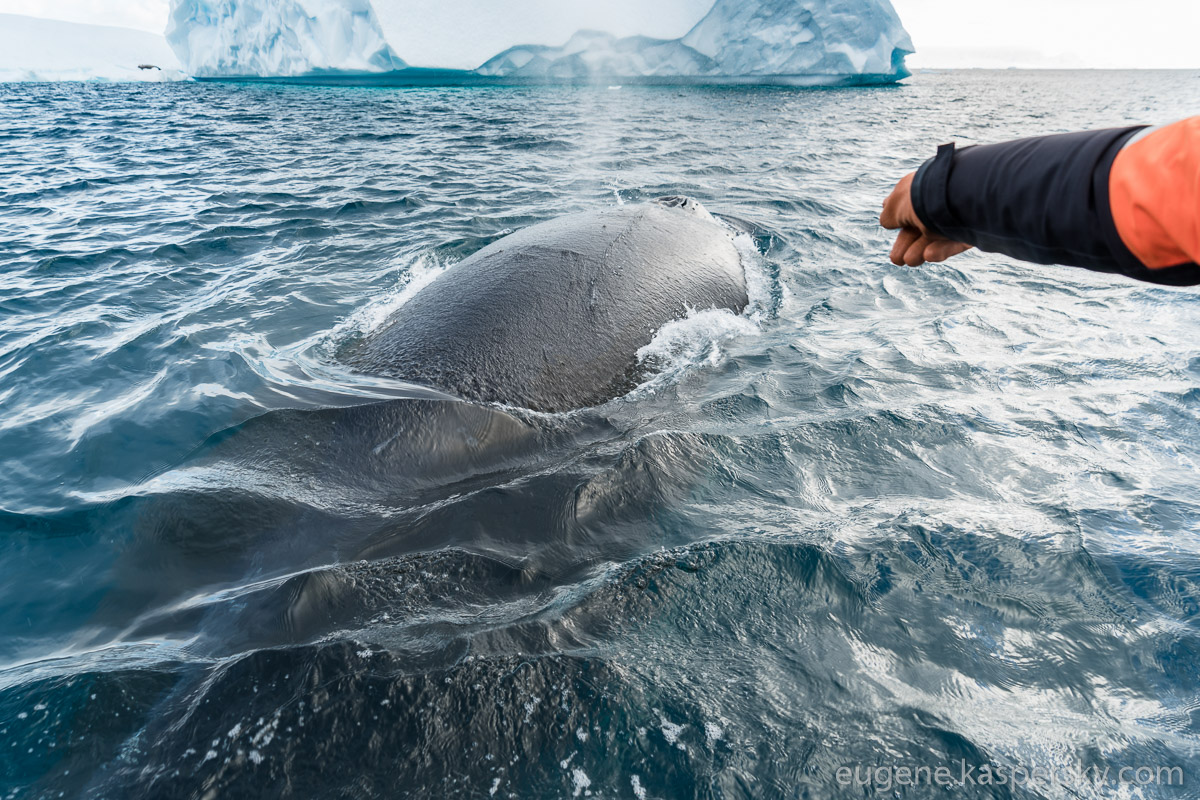June 5, 2019
And now – gorillas!
Hi folks!
Back just before a busy business schedule in Rwanda the other week (more on that in a few days), we had a half-day spot of tourism scheduled. We’d heard great things about the Volcanoes National Park – those great things being gorillas! So we decided to get on over there for a look…
Gorillas! Large, muscular apes with black fur that inhabit the forests of central Sub-Saharan Africa. The males are huge, reaching body weights of up to 250kg, but they’re vegetarian, and also rather unaggressive beasts; that is – unless you provoke them, as our guides told us: 250kg of muscle and sharp fangs are not something you want to get angry. (Interestingly, on the Russian Wikipedia page for gorillas it states that ~ “if an enemy decides to bottle it and turn and run, the gorilla will catch him/her up and take a bite out of the back or bottom thereof. In some African tribes the most shameful of scars one can have are those from a gorilla: it means that the person ran from one; therefore he/she is a coward.”!
Our expert guides told us how wild-cat predators like leopards and also other powerful and fearsome thuggish beasts like buffalo tend to steer well clear of gorillas. Gorillas are just too strapping and brawny to mess with.
(Regarding their strength, I quote my travel companion, A.S., btw: “Woah! I just saw a young female who was slowly, calmly building up a nest (I think). She grabbed the branch of a tree some five centimeters thick and simply snapped it off without any effort at all! And that was a wee lassie”:)
Did you know that gorillas (and also chimpanzees and orangutans) are the closest species to Homo sapiens? We made a genetic split from them some seven million years ago. Apparently our DNA is just slightly different to theirs – by just two percent! That’s why they look so much like us the fitness trainers in our gym ).



















